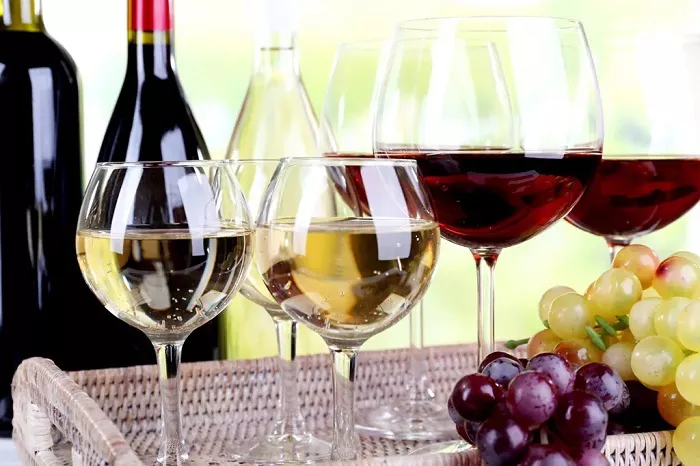As non-alcoholic wine gains momentum across Europe and North America, fueled largely by wellness-conscious Gen Z consumers, China is experiencing a surge of its own — but with markedly different motivations.
In Western markets, non-alcoholic wines are increasingly found in bars and restaurants, embraced by individuals seeking healthier lifestyles. In contrast, in China, the trend is unfolding primarily in boardrooms and banquet halls, where the consumption of non-alcoholic wine reflects social necessities rather than personal health choices.
Rapid Growth in Imports and Sales
According to Chinese customs data, imports of non-alcoholic beverages — a category that includes non-alcoholic wine — rose by 25.4% year-on-year in the first quarter of 2025, reaching 70.28 million liters. The total value climbed to US$218 million, with an average price of US$3.10 per liter. Both volume and value showed significant increases, highlighting the sector’s dynamic expansion.
Although the broader non-alcoholic beverage category also includes mixed drinks (excluding fruit juice, nut milk, vegetable juice, and yogurt), the rise of non-alcoholic wine is particularly pronounced. On Alibaba’s Tmall platform, sales of non-alcoholic wine surged by 120% in 2023. The market is projected to surpass RMB 2 billion (approximately US$275 million) by the end of 2025.
The shift in consumer preference is also evident at industry events. At the China Food and Drinks Fair, Shenzhen-based Devofast (Shenzhen) Co., Ltd., a major wine supply chain company, reported that its on-site contracts were focused entirely on non-alcoholic and sparkling wines.
Producers Seize the Opportunity
Several wine producers have been quick to capitalize on this emerging market. Auswan Creek, one of the largest Australian wine exporters to China, launched a non-alcoholic label, Blue Lobster, specifically for the Chinese market. Although initially introduced in Yunnan Province, the brand struggled to gain traction beyond regional markets until recent years, according to CEO and founder Li Wei.
“It’s only in the past two years that we’re seeing it catch on in more parts of the country,” Li said in an interview with Vino Joy News.
QingDao Long Vision Global International Inc., specializing in sparkling wines, also reports rapid growth, shipping three full containers of non-alcoholic wine each month to meet rising demand.
A Matter of Necessity, Not Wellness
Unlike the West, where non-alcoholic wine is associated with personal health and lifestyle choices, China’s boom is largely driven by social etiquette.
Industry insiders note that non-alcoholic wine is predominantly consumed at business dinners and formal banquets, where guests often need to maintain appearances without consuming alcohol. Medical conditions, professional obligations, and the necessity of driving after events are among the key reasons for opting for non-alcoholic alternatives.
“Most people choose non-alcoholic wine because they have to drive after the meal — not because they’re concerned about health,” said Yu Hongjie, general manager of Long Vision.
At formal gatherings, participants often select bottles that closely mimic the appearance of traditional wines to blend in seamlessly. “Non-alcoholic wine is mainly consumed during business banquets. Some leaders or female guests cannot drink for health reasons or need to drive, so non-alcoholic wine becomes the polite choice,” said Yang Jiang, founder of Chengdu Xiangyue Trading Co.
Price Sensitivity and Taste Expectations
Despite its popularity, non-alcoholic wine faces significant pricing pressure in China. As it is often treated as a ceremonial accessory rather than a leisure product, consumers are highly price-sensitive. Wines priced around RMB 100 (US$13-14) are the most successful, while higher-priced offerings struggle to gain a foothold.
“In China, the cheaper the non-alcoholic wine, the easier it sells,” Yu noted.
Taste profiles also play a crucial role. Chinese consumers prefer non-alcoholic wines that resemble the flavor and structure of real wine, rather than overly sweet, juice-like beverages.
“Consumers want a balanced acidity and sweetness. But most of all, they want it to have the structure and character of wine — not just taste like grape juice,” said Li Wei of Auswan Creek.
As China’s non-alcoholic wine market continues to expand, producers will need to balance affordability with authenticity to meet the unique demands of this fast-evolving consumer base.
You Might Be Interested In:


